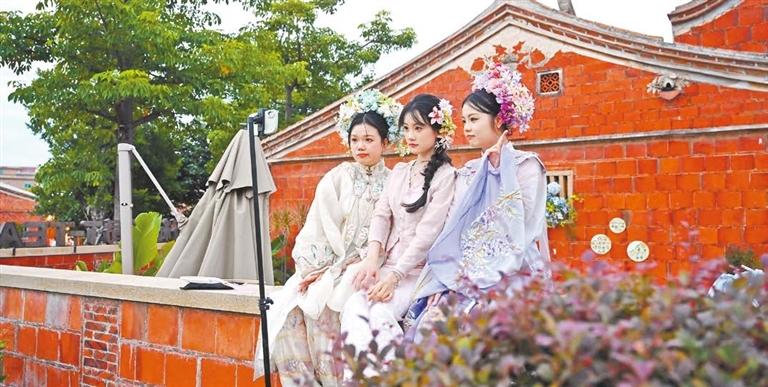
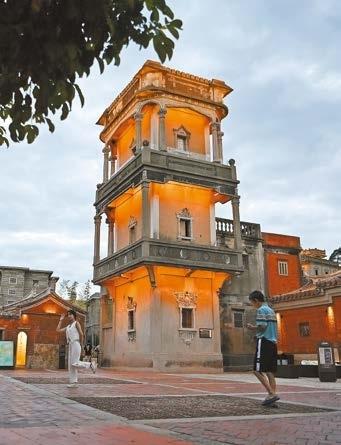
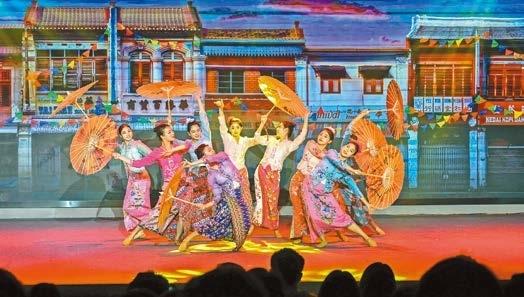
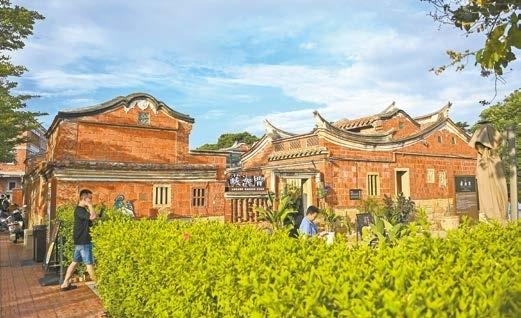
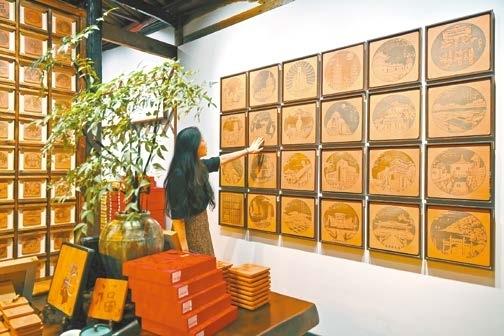
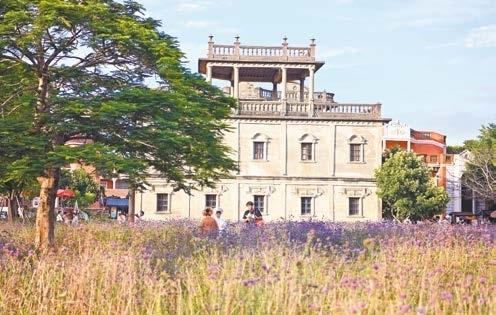
IN Wulin Village of Jinjiang City, Southeast China’s Fujian Province, visitors are often enthralled by the medley of architectural styles: local red-brick houses, Gothic buildings, Greco-Romanesque structures, and buildings blending both Chinese and Western elements. The eclectic blend of architectural styles vividly narrates the story of the village’s connection to the overseas Chinese community. In the late 19th and early 20th centuries, many villagers traveled to Southeast Asia to work and sent money back to build homes. As a result, the houses often showcased a captivating fusion of exotic influences. In recent years, some former residences of overseas Chinese have been transformed into cultural venues, cafés, restaurants, and heritage centers. Unsurprisingly, the village has been a hit with tourists, keen to immerse themselves in its rich cultural confluence and hear stories of overseas Chinese. In 2024, Wulin Village has received about 2 million tourists from home and abroad. (Xinhua) | 
